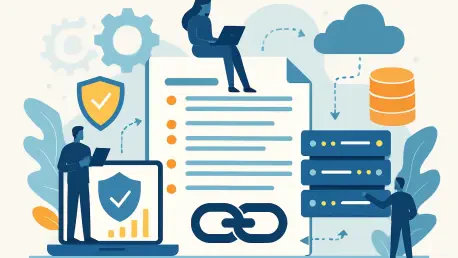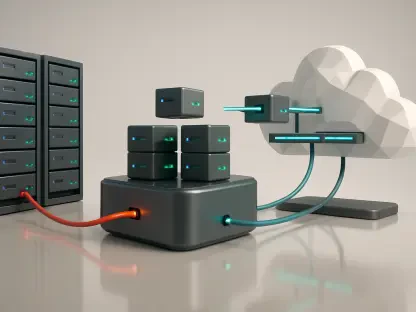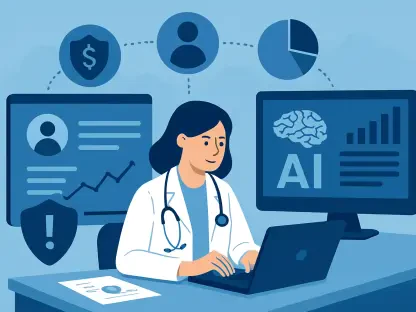I’m thrilled to sit down with Chloe Maraina, a Business Intelligence expert with a deep passion for crafting compelling visual stories through big data analysis. With her sharp expertise in data science and a forward-thinking vision for data management and integration, Chloe has invaluable insights into how organizations can harness data governance and stewardship to drive transformation. In this interview, we’ll explore the critical role of structured governance, the power of empathy in engaging data stewards, the importance of metrics in tracking progress, and the impact of strategic communication in managing change.
How did you first recognize the need for a strong data governance program in an organization like CPS Energy, and what prompted the initial steps?
Well, the need for data governance became clear when we saw how fragmented data management was across the organization. At CPS Energy, the push came from a major enterprise resource planning transformation. We needed a unified approach to streamline operations and integrate data effectively. The initial steps involved aligning leadership on the importance of governance and prioritizing data stewardship to ensure we had champions who could advocate for and collaborate on these initiatives across departments.
What role does data stewardship play in the broader strategy of data governance, and why is it so vital?
Data stewardship is really the heart of data governance. It’s about having dedicated individuals who take ownership of data quality, policies, and processes within their areas. At CPS Energy, stewards were essential because they bridged the gap between IT and business units, ensuring that governance wasn’t just a top-down mandate but a collaborative effort. Their advocacy and communication made governance actionable and relevant at every level, which is vital for long-term success.
Can you share some of the toughest hurdles you encountered while establishing a data governance framework, and how you tackled them?
One of the biggest hurdles was engaging data stewards who already had full plates with their primary roles. We often heard, “I don’t have time for this.” We tackled this by showing empathy—acknowledging their workload and finding ways to support them, like creating accessible resources and offering flexible office hours. Another challenge was aligning different departments with varying priorities. We addressed this by setting up a clear governance structure with defined roles and consistent communication to keep everyone on the same page.
How did you go about designing a multi-level governance structure, and what was the thought process behind it?
We designed a three-level structure to ensure clarity and accountability. At the top, we had a Data Governance Council made up of leaders who set policies and strategies. Below that, the Data Governance Office acted as the operational arm, driving engagement and supporting stewards. Finally, the stewards themselves were embedded in business units to handle day-to-day tasks. The thought process was to balance strategic oversight with practical execution, ensuring governance wasn’t just theoretical but deeply integrated into operations.
Why did you decide to rely on metrics to measure data stewardship engagement, and what impact did this have?
Metrics were crucial for accountability and to show tangible progress. We tracked things like the number of stewards to spot gaps in coverage across business units, attendance at trainings to ensure engagement, and data catalog progress to measure outcomes. This had a huge impact—it gave us a clear picture of where we needed to focus efforts and allowed us to demonstrate success to leadership, which built trust and momentum for the program.
How important was empathy in supporting data stewards, and can you give an example of how you put this into practice?
Empathy was everything. Stewards often juggled governance tasks with their main job duties, so understanding their constraints was key. For instance, we set up a SharePoint portal with all training materials and documentation so they could access resources on their own time. We also maintained a shared inbox for quick help and held regular office hours. These weren’t just for work—sometimes stewards just chatted about their weekend plans, and that built stronger relationships and trust.
Can you tell us more about how strategic communication helped manage rapid changes within the governance program?
Strategic communication was our lifeline during fast-paced changes, especially with tight deadlines like standing up the program by autumn of 2025. We limited email blasts to avoid overwhelming people and focused on targeted interactions to build community. For example, we hosted a kick-off party with swag like coffee mugs and trained stewards on elevator pitches to champion governance. This kept everyone aligned and enthusiastic without feeling buried under constant updates.
What is your forecast for the future of data stewardship and governance in organizations striving for digital transformation?
I believe data stewardship and governance will become even more central as organizations push for digital transformation. With the explosion of data and technologies like AI, having a solid governance framework will be non-negotiable to ensure data quality, compliance, and trust. I foresee more focus on automation to support stewards and advanced analytics to measure governance impact. Ultimately, organizations that invest in engaging stewards and building empathetic, structured programs will be the ones that thrive in this data-driven era.









